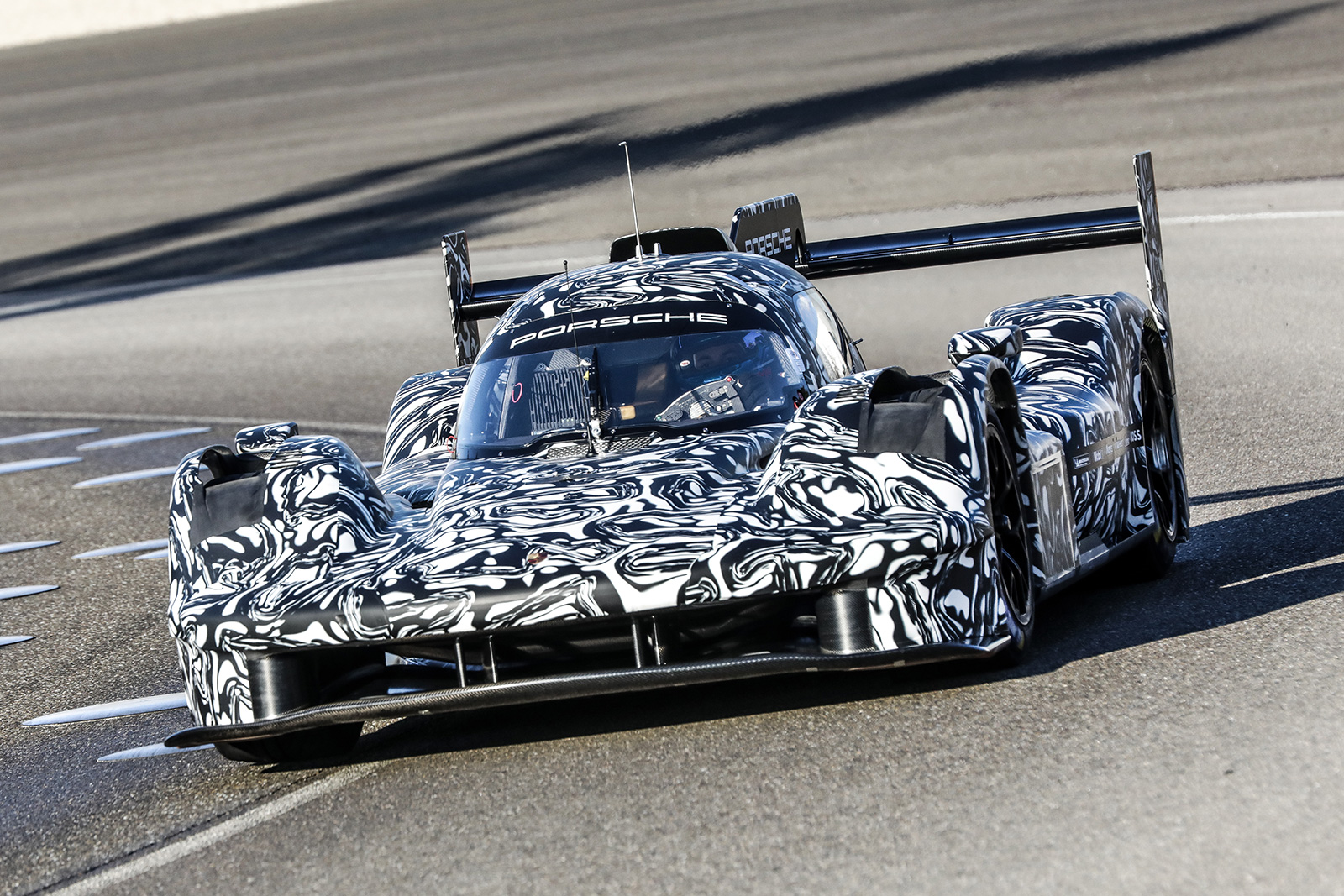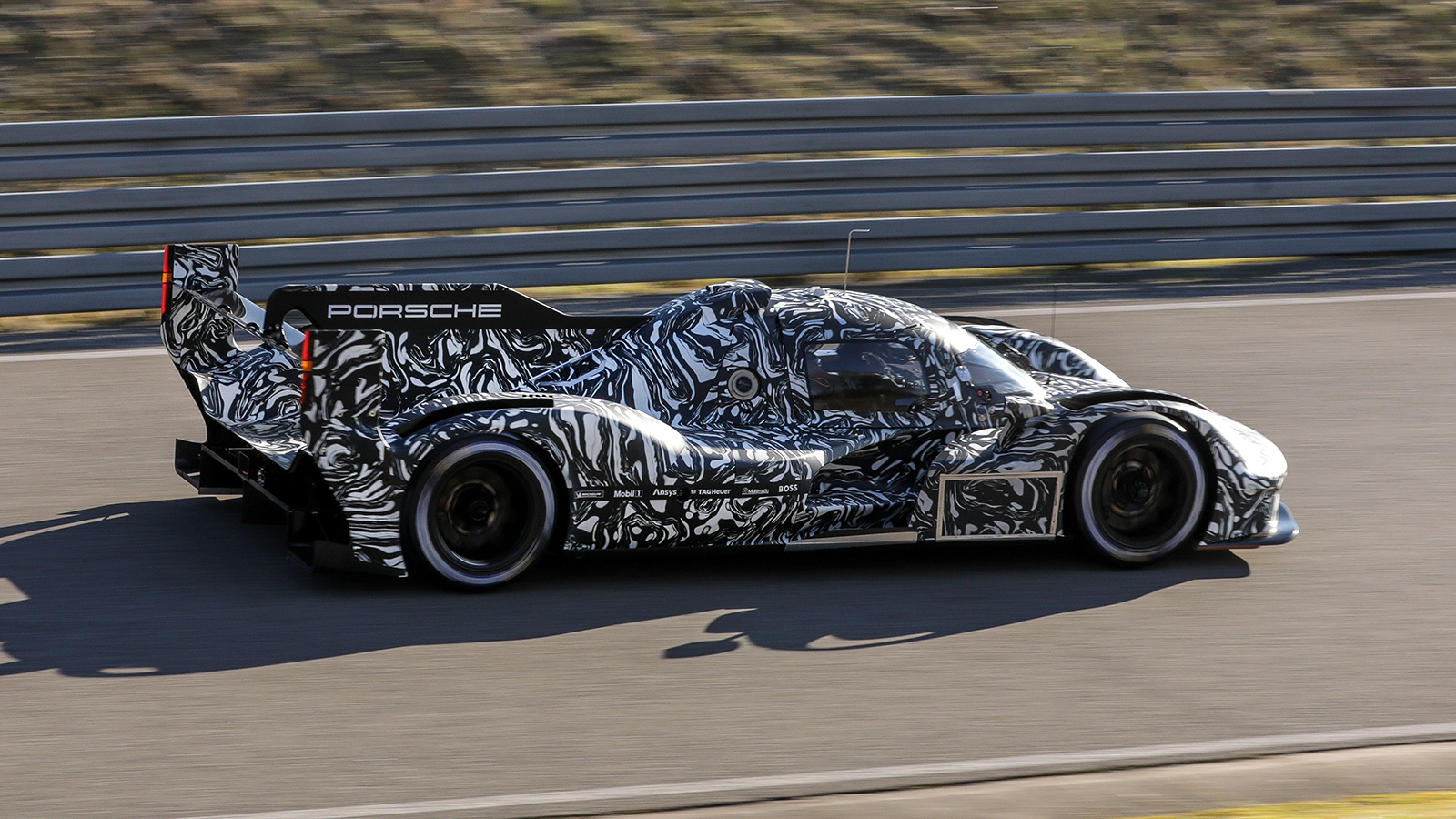The FIA Is Still Pretending Hypercar Has Been A Total Success
There's a pattern here, and it sure comes off like the FIA is taking credit for something it didn't create.
Global sports car racing is going to be amazing starting next year. That's when a slew of manufacturers — including Porsche, BMW, Acura and Cadillac — are going to have their next-generation LMDh prototypes ready for competition. They'll join the likes of Toyota, Peugeot and Ferrari, who are developing Le Mans Hypercars — a different ruleset that will be performance balanced with LMDh in the World Endurance Championship and IMSA. But the FIA is getting a little silly with how it presents the cars.
Official footage of Porsche's 2023 LMDh challenger has been making the rounds over the last few weeks. It looks like it'll be at least a pretty car, and judging from it and partner Penske's historic success, it'll probably be a winning one, too. But if you follow these things closely, you may have noticed a quirk in the FIA's preferred language when discussing it, compared to the manufacturer's.
Here's Porsche's latest communication about its efforts:
#LMDh – The intensive test programme to prepare the new #Porsche LMDh prototype for its race debut in January 2023 has started.
More information and free downloads ⬇️https://t.co/tqdjFoaLwt#IMSA #WEC @FIAWEC @24hoursoflemans
— Porsche Motorsport (@PorscheRaces) January 27, 2022
And here's the WEC's:
PORSCHE is entering the "intensive" test phase of its Hypercar development programme. The manufacturer from Weissach will make a welcome return to endurance's top-tier category in 2023 in both @IMSA and @FIAWEC for @24hoursoflemans' centenary race. #WEC #LeMans24 @PorscheRaces pic.twitter.com/spXSHXHYq2
— FIA World Endurance Championship (@FIAWEC) January 27, 2022
Did you catch it? Notice how the very first word in Porsche's tweet is LMDh — the kind of prototype it is. And yet, that word is nowhere to be found in the WEC's tweet. Instead, the FIA account labels it a "Hypercar."
There are two reasons the WEC could be engaging in this linguistic sleight of hand. The first, more innocent explanation is that it knows the distinction between the two regulations might be confusing to fans when, at the end of the day, LMDh chassis like Porsche's will ultimately be competing against Hypercars like the Toyota GR010 in the same class for overall victories. Perhaps it's chosen to label everything a Hypercar — a snappy name that's an actual word — to make it easier for the audience to process.
The other, more cynical read is that LMDh, chiefly developed by IMSA as an evolution of its old DPi class, has garnered vastly more support from manufacturers than the Hypercar ruleset spearheaded by the FIA, and the FIA wants to take credit for another company's innovations.

Both explanations could be true of course, but personally it's hard for me to believe the latter hasn't influenced the FIA's manner of speaking to some extent. Especially as the WEC puts out self-congratulatory PR blasts with headlines like "The Hypercar Class Is A Hit Among Manufacturers."
In that article, the WEC trumpets Hypercar as "the new premier league of endurance racing." It's an efficient way to lump everything together so as to gloss over the fact there are actually two sets of regulations at work here, and way more brands have signed up for the one the FIA didn't invent.
At the moment, there are three big factory names making Hypercars — Toyota, Peugeot and Ferrari — while the LMDh contingent consists of Porsche, Audi, Alpine, Acura, Cadillac, Lamborghini and BMW. And that's merely who's confirmed; McLaren CEO Zak Brown has been forthright about his interest in LMDh, and Hyundai has been rumored to be eyeing it as well.

The reason manufacturers are likely flocking to LMDh over Hypercar is because the former is far less expensive. It's estimated that one LMDh car sans powertrain will cost about $1.55 million, while the ballpark estimate for a two-car Hypercar effort is supposedly $33 million. The numbers are murky and hard to parse, and nobody is saying exactly how much they're spending for obvious reasons, but the main takeaway here is that LMDh is a hell of a lot cheaper, mostly because it incorporates more spec parts.
In fact, the introduction of LMDh regulations and the FIA's announcement that it would allow such cars to contest WEC events were one of the major reasons that Aston Martin, one of the initial backers of the Hypercar class, decided to spike its plans in early 2020. Per a Racer story from that time:
[Aston Martin Vice President David] King revealed that the final decision to 'pause' the program was made shortly after the IMSA-ACO convergence announcement was made at Daytona last month, explaining that a Hypercar program now appears to make little sense for the brand if LMDh cars can compete in the FIA WEC at a reduced cost. Aston Martin signed up for Hypercar, King says, in the belief that a Valkyrie customer car program would help fund it in the long run.
"We think that the market for customer race cars for us is damaged by that (convergence). Every racing Valkyrie is an expensive car because it comes from a road car which costs two and a half million pounds ($3.2 million). Now private teams — based on what we think other competitors will do — are going to be able to buy premium-branded LMDh cars that are much cheaper to buy and cheaper to run."
Every time I see a tweet from the WEC account hyping up someone's new "Hypercar," I can't help but wonder about the motivations behind what appears to be a very deliberate word choice. Then again, if the FIA playing fast and loose with labels to protect its pride are the price of Porsche, Ferrari and all those stories named blazing down the Mulsanne in 2023, well — who cares?
